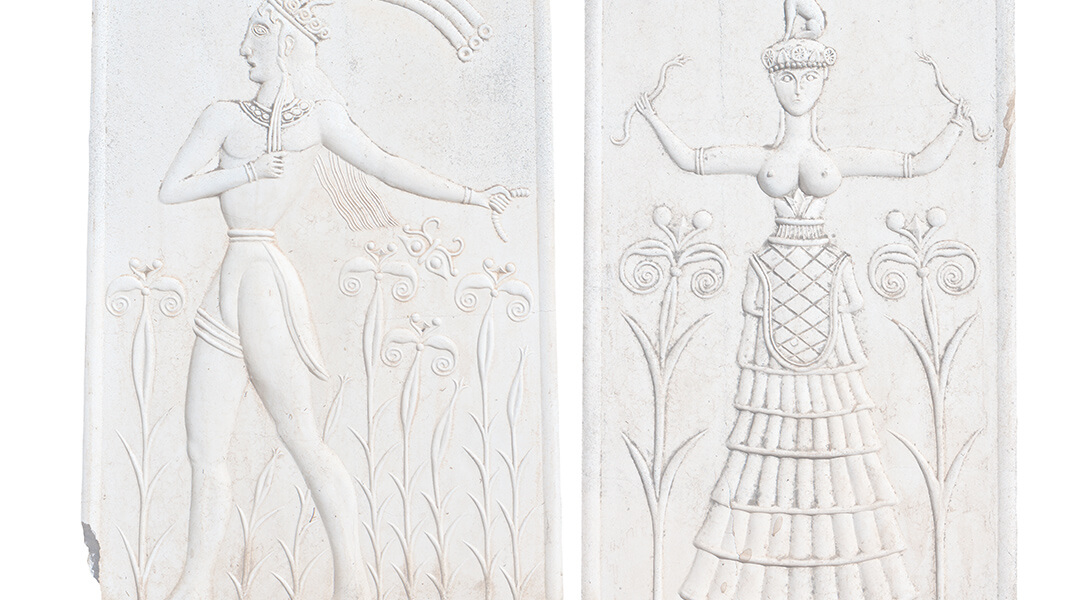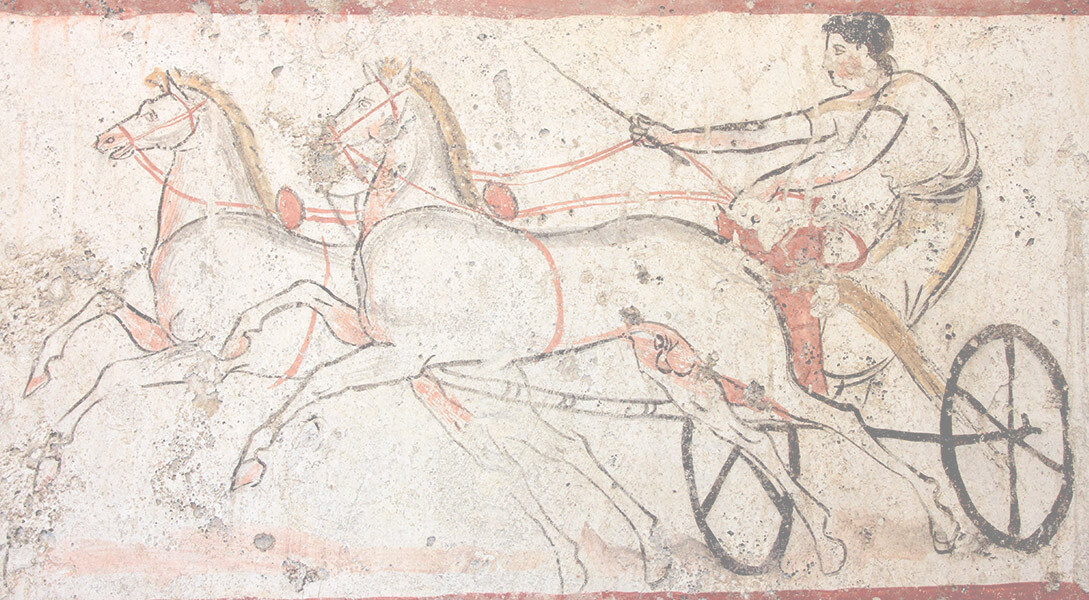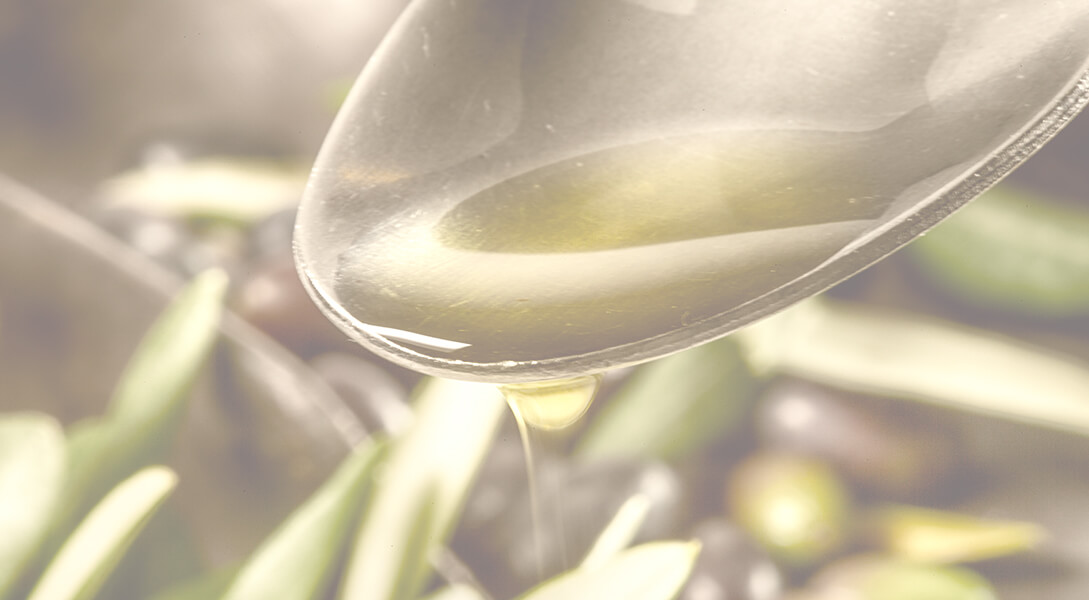From the heart of the Mediterranean
Our dedication when it comes to choosing the finest olives makes us true masters. We pay close attention to the raw materials, always harvesting at the right time. That’s how we create unique Extra Virgin Olive Oils. Find out about the history and origins of our liquid gold:
Olive Oil Around the World
The best Extra Virgin Olive Oils require the perfect combination that brings all the flavors and nuances together to create a work of art. To create something unique, we must go to the source – the heart of the Mediterranean.
3% PORTUGAL
50% SPAIN
7%ITALY
4%TUNISIA
8%GREECE
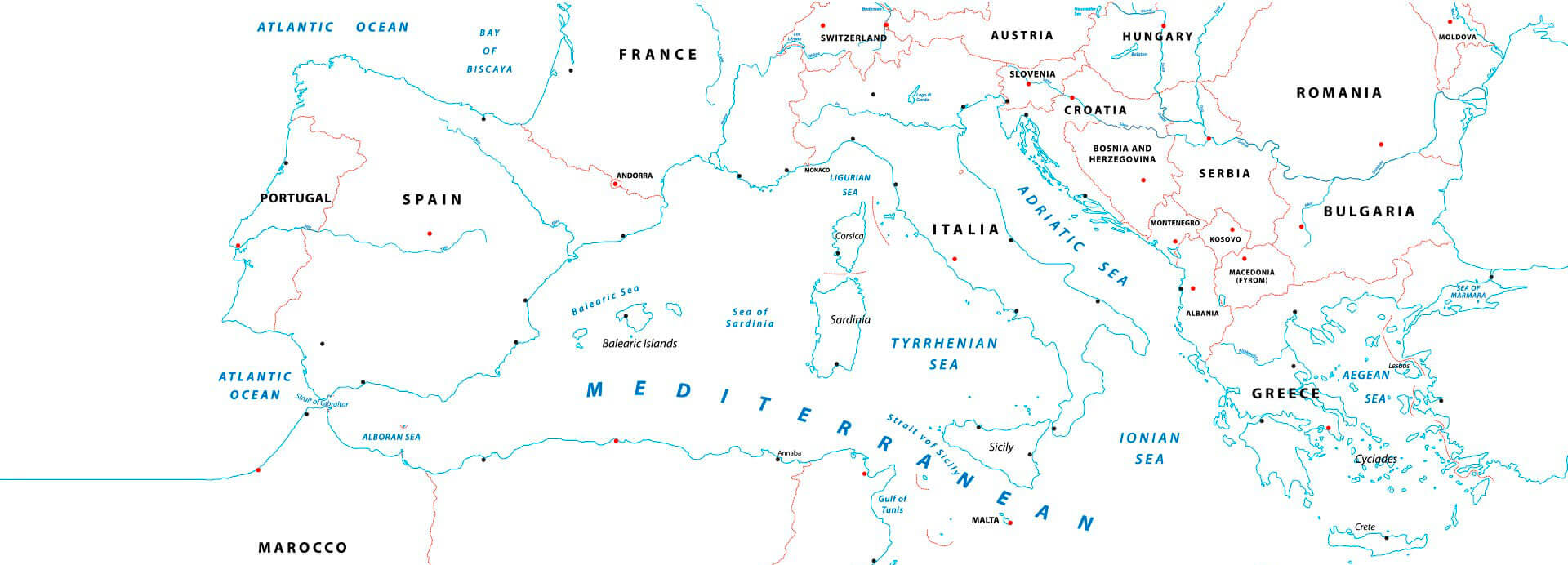
The Mediterranean is the perfect site to ripen our olives. For the best flavor notes, our trees cover large areas in Italy, Spain and Greece. Learn about the different varieties:

ITALY
In Italy, the types of olives we grow are: Frantoio, Leccino, Cima di Bitonto, Carolea, Ogliarola We also work with these somewhat more intense and persistent varieties: Nocellara del Belice, Ogliarola Garganica, Tonda Iblea, Coratina, Frantoio, Moraiolo Those with the fruitiest and most balanced flavors are: Coratina, Ogliarola Barese, Frantoio, Leccino, Cima di Bitonto, Cima di Mola.
SPAIN
In Spain, we grow the following olives: Ripe Picual (bitter eucalyptus taste to pronounced unpleasant ripe Picual taste), ripe Hojiblanca, ripe Arbequina, ripe Arbosana We also work with these somewhat more intense and persistent varieties: Hojiblanca, Cornicabra and very early cropped Picual, Picudo, Verdeal, Arbequina. Those with the fruitiest and most balanced flavors are: Early cropped Arbequina, Manzanilla, medium harvested Cornicabra, Picual, Arbosana.
GREECE
In Greece, we grow the following olives: Ripe Koroneiki and Tsunati We also work with these somewhat more intense and persistent varieties: Early cropped Koroneiki and Mastoidis, Athinolia Those with the fruitiest and most balanced flavors are: Green Koroneiki and Tsunati.

Carapelli Olives
High-quality oil can only be obtained by selecting the ideal variety. At Carapelli, we take great care in our work with high-quality varieties. Learn about each type of olive here:
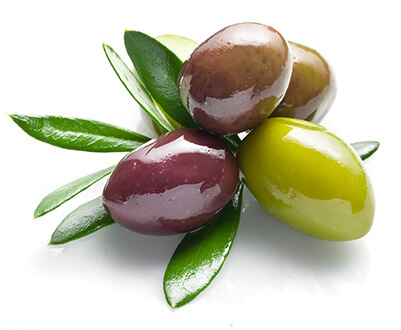
Arbequina
This olive variety creates a very delicate, lightly fruity and sweet oil. Depending on when it is harvested, its flavor can vary and may produce some green notes on the palate.
Coratina
This variety stands out for its bitterness and slight astringency, which allow it to produce an oil with an incredible green aroma and peppery finish.
Hojiblanca
Widely appreciated above all for its light and sweet flavor at first taste. It goes perfectly with the bitterness and pleasant spicy flavor of unripe fruit. Finally, it leaves an almond aftertaste.
Picual
This is one of the most complex and aromatic varieties. It is picked every year but its characteristic fig taste only comes out when the fruit ripens. It has a slightly bitter taste with a spicy finish.


